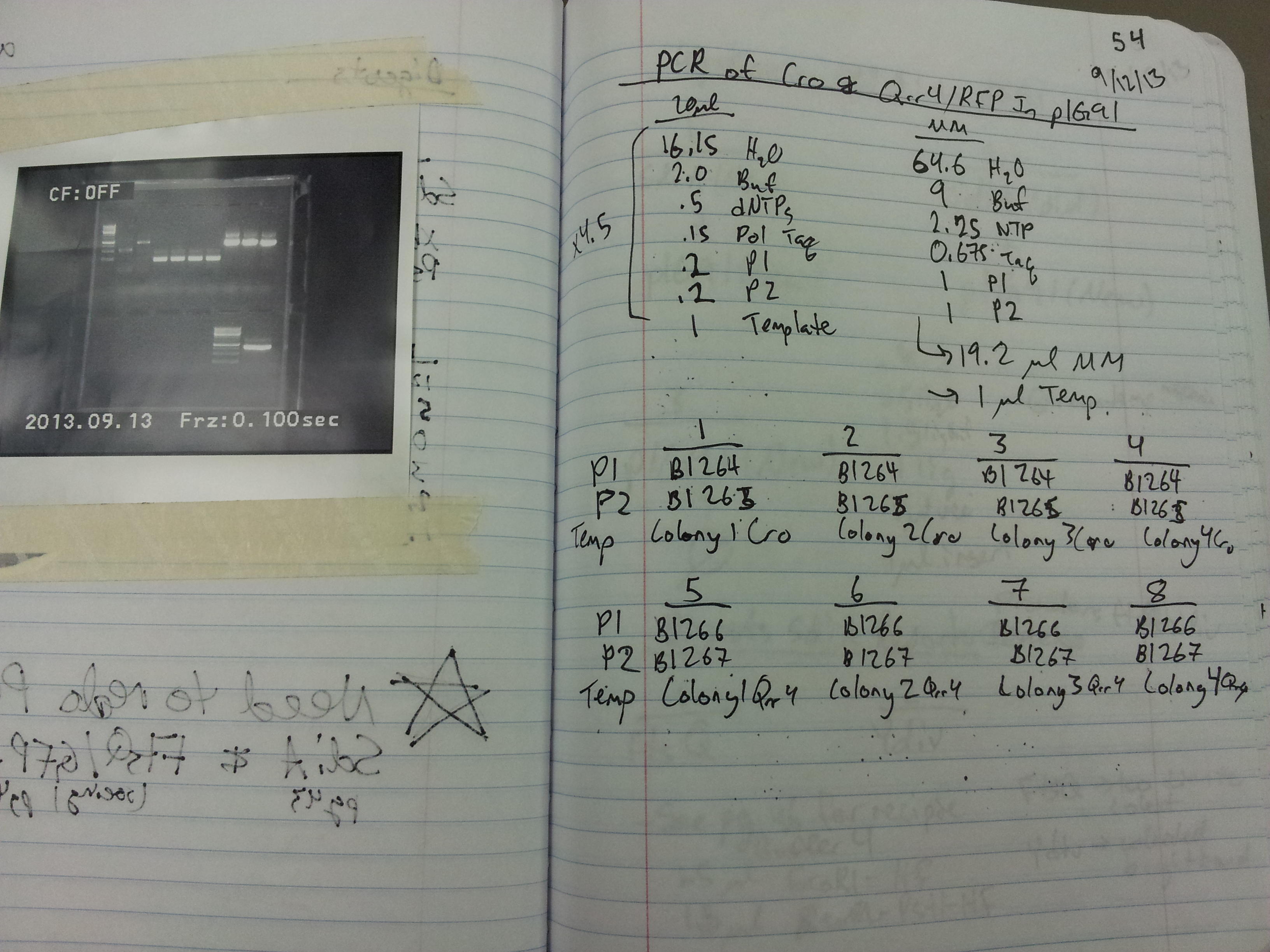Team:UGA-Georgia
From 2013.igem.org
| You can write a background of your team here. Give us a background of your team, the members, etc. Or tell us more about something of your choosing. | |
|
Tell us more about your project. Give us background. Use this as the abstract of your project. Be descriptive but concise (1-2 paragraphs) | File:UGA-Georgia team.png Your team picture |
| Team UGA-Georgia |
| Home | Team | Official Team Profile | Doodle | Parts Submitted to the Registry | Modeling | Notebook | Safety | Attributions |
|---|
Welcome to the University of Georgia 2013 iGEM Team Wiki!
[[Image:Edinburgh- Panorama.jpg]]
Panorama.jpg]]
Contents |
Introduction: Global problems
- It has been predicted that by 2015 supplies of easy-to-access oil and natural gas will no longer keep up with demand. This prediction is based on the current rate of consumption, but this is expect to increase. The repercussions of this are already being felt on a global level with food prices rising.
- The burning of fossil fuels is also fuelling global warming. This is having negative effects on crop yields worldwide, with longer droughts occurring year on year, especially in Africa and Australia. The melting of the polar ice-caps which accompanies this will raise sea-levels, inundating currently arable land, reducing the land available for an ever enlarging world population.
- At present the major alternative to fossil fuel use for transport comes from ethanol fermented from starch and sugar in sugar cane and soy bean. These biofuel crops are being grown in areas previously used for food crops or in previously pristine natural environments, and thus are unsustainable.
All this is burdening the global economy and destroying lives, and worse is likely to come.
Wouldn't it be brilliant if we could do something to counter this trend?
This is what the Edinburgh 2008 iGEM team have been trying to do. - The rising cost of food coupled to the current unsustainability of human activity makes this the perfect time to contemplate the restructuring of global agriculture.
Primary Objective: A single sustainable bacterial solution
We have been investigating engineering bacteria to produce starch from the cellulose in waste biomass (that is agricultural waste, wood chippings, waste from paper production etc.). This starch could be:
- sold to the biofuels industry for conversion to ethanol
- used as feed for livestock
- used as a starch supplement in the human diet if needed.
This will reduce our dependence on fossil fuels and free up agricultural land for the growth of food crops, ultimately putting less strain on ecosystems.
Secondary Objective: Solving vitamin A deficiency in the developing world
We have also been continuing the work of our 2007 team in engineering Escherichia coli to produce the vitamin A precursor β-carotene. Vitamin A is required for vision and a healthy immune system. 250,000-500,000 children in the developing world lose their vision each year, half of them dying within 12 months of this ([http://www.who.int/nutrition/topics/vad/en/ WHO]).
Further Considerations
In the pursuit of our project, as well as the biological aspects, we:
- considered aspects of scale-up, including the ethical, legal and social implications of our potential final product, MicroMaize,
- programmed a new piece of software for use in metabolic modelling,
- developed and tested a number of new techniques to make the process of creating BioBricksTM that little bit easier,
- collaborated with the University of Guelph team, sharing carotenoid synthesis genes, flux modulators, and gram positive plasmids.
 "
"
